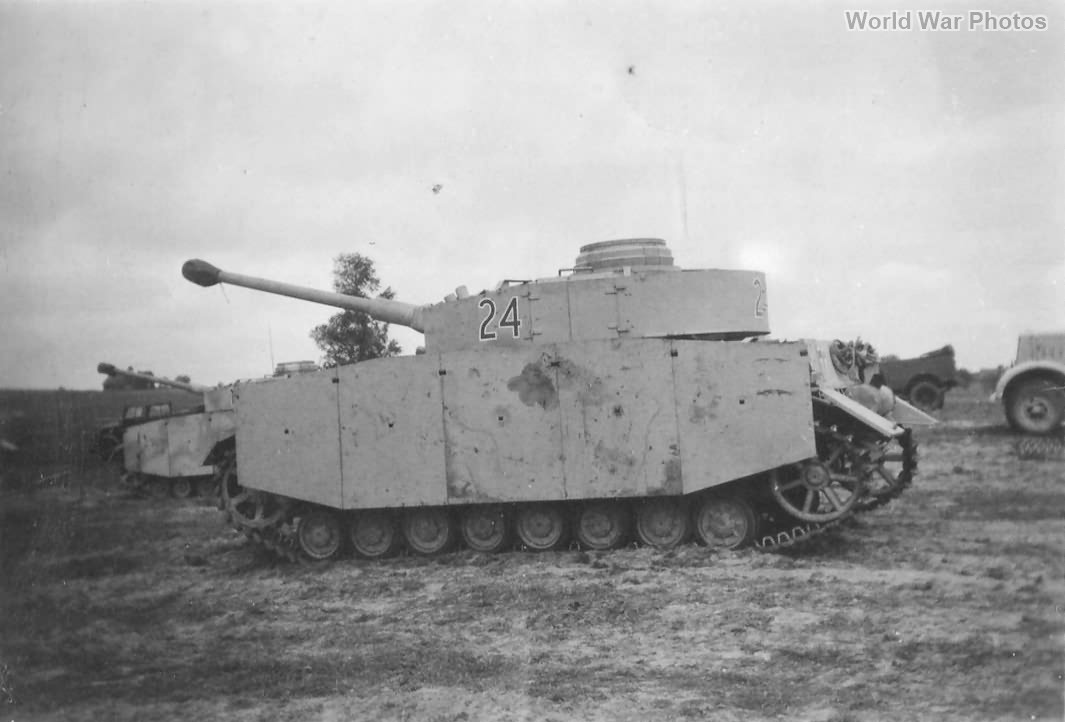The Panzer Division “Grossdeutschland” was one of the most elite and well-equipped units in the German Army during World War II. Its roots lay in the Infanterie Regiment “Gross Deutschland,” which was established as a premier formation and was part of the Wehrmacht’s elite troops. By 1942, it had grown into a full Panzergrenadier division, and by 1944, it was reorganized into a full Panzer Division.
Formation and Structure
- May 1942: The Panzergrenadier Division “Grossdeutschland” was formed from the Infanterie Regiment “Gross Deutschland” that had earned its reputation in the campaigns in Poland (1939) and France (1940).
- 1944: The division was re-designated as the Panzer Division “Gross Deutschland” and received additional units, equipment, and resources, making it one of the most powerful and favored divisions in the German Army. The division had a structure larger than that of a typical Panzer Division, even surpassing the size and strength of SS Panzer Divisions.
Units in 1944:
- Panzer Regiment Grossdeutschland” (three battalions),
- Panzergrenadier Regiment “Grossdeutschland” (three battalions),
- Panzer Fusilier Regiment “Grossdeutschland” (three battalions),
- Panzer Artillerie Regiment “GD” (three battalions),
- Panzer Aufklärungs Abteilung “GD” (reconnaissance),
- Heeres Flak Abteilung “GD” (anti-aircraft),
- Panzerjäger Abteilung “GD” (anti-tank),
- Panzer Sturmgeschütz Brigade “GD” (assault guns),
- Panzer Nachrichten Abteilung “GD” (signals),
- Panzer Pioniere Bataillon “GD” (engineers),
- Divisional Headquarters and various support services.
Combat History
Eastern Front (1941 – 1943):
- Operation Barbarossa: The division participated in the invasion of the Soviet Union in 1941, fighting primarily in the central sector. In June 1942, the division was moved south for operations in the Caucasus and later returned to the center.
- Battle of Kharkov (February-March 1943): The division played a crucial role in the recapture of Kharkov and Belgorod, helping to stabilize the German front after the Soviet winter offensives.
- Battle of Kursk (July 1943): At the start of the famous battle, “Gross Deutschland” was part of 48th Panzer Corps, under Fourth Panzer Army, tasked with the southern pincer. After the failure of the offensive, the division was transferred to defend against Soviet counter-offensives in the Orel sector.
Retreat and Defense (1943-1944):
- The division took part in the defense and withdrawal to the Dnepr bend in the face of Soviet advances during the winter of 1943-44.
- In May 1944, the division was moved to Bessarabia as Soviet forces attacked into Rumania and the Dniestr River region.
- By July 1944, “Gross Deutschland” was repositioned to the central sector to counter the Soviet advance into Poland.
Baltics and East Prussia (1944-1945):
- As the Soviets pushed further into the Baltics, the division was sent to Latvia and Lithuania to bolster German defenses.
- It fought in East Prussia and conducted a rearguard action in Memel until the end of November 1944.
- Survivors who escaped Memel re-formed west of Königsberg and continued fighting in the area around the Frisches Haff, a long bay south-east of the Gulf of Danzig, until being overrun by Soviet forces in March 1945.
Final Days (1945):
- In January 1945, the division was placed in control of the Gross Deutschland Verbande, a grouping of elite units, including:
- Panzer Grenadier Division “Brandenburg”,
- Führer Grenadier Division,
- Führer Begleit Division,
- Panzer Division “Kurmark”.
- Both the Führer Grenadier and Führer Begleit units were upgraded to divisional status in January 1945.
- The division fought desperately against the advancing Soviets and ultimately met its end when it was overrun at the Frisches Haff.
- In January 1945, the division was placed in control of the Gross Deutschland Verbande, a grouping of elite units, including:
Special Elements:
Führer Begleit Division: Originally a motorized escort battalion for Hitler’s GHQ, it was gradually expanded and saw limited action on the Eastern Front. By 1944, it participated in the Ardennes Offensive and later defended the Oder front southeast of Berlin.
- After being upgraded to divisional status in February 1945, it was destroyed during the Battle of Spremberg in April 1945.
- The division’s composition included a Panzer Regiment, Panzer Grenadier Regiment, Infantry Battalion for Special Use, an artillery Abteilung, and a Flak Regiment.
Führer Grenadier Division: Formed after the July 20, 1944 assassination attempt on Hitler, it saw action in the defense of East Prussia and participated in both the Ardennes Offensive and the defense of Pomerania in 1945.
- The division was sent to defend Vienna in April 1945 and fought in Austria until the end of the war.
Summary:
The Panzer Division “Grossdeutschland” was the Wehrmacht’s most favored division, equipped and manned to a higher standard than other units. It was heavily involved in key campaigns on the Eastern Front, including the Battle of Kursk, the defense of the Dnepr, and the battles for East Prussia. Despite its elite status and superior equipment, it faced the same fate as other German units, suffering heavy losses and eventual destruction in the final months of the war.
